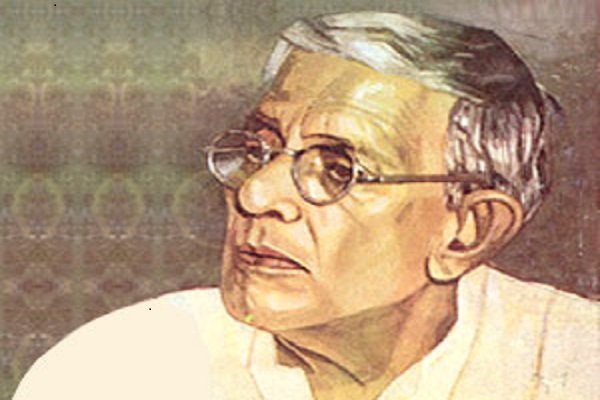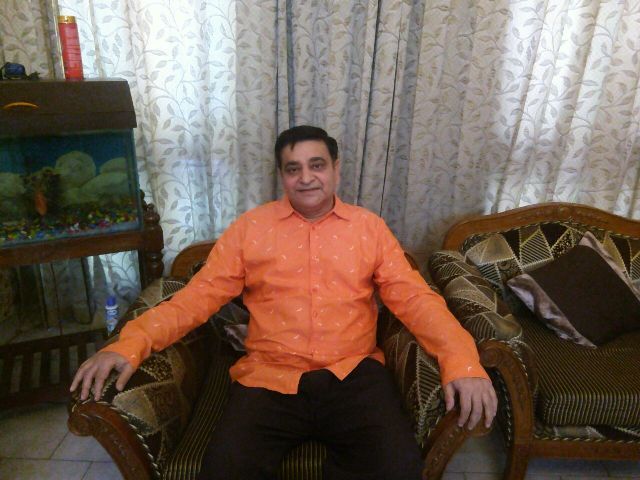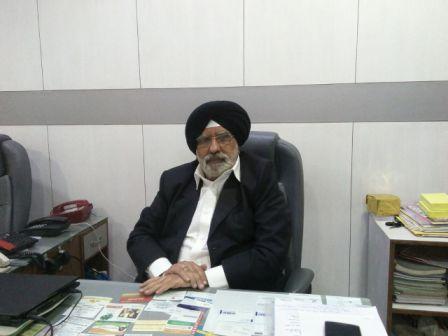Insects, The Future Wonder food?

Insects, The Future Wonder food?
Mr. Phrang Roy is the NESFAS Chairman and also Project Coordinator, for the Indigenous Partnership for Agro-biodiversity and Food Sovereignty.
Through the years he has learnt there is a whole pleasure of food. To eating, taste and health attributed to it than just being accustomed to looking at production only. It is this that has help him to understand himself as a Khasi and treasure being the chairman of NESFAS.
NESFAS, today addresses key issues of sustainability where it is not just issues of operation concern. It focus more on innovation and initiative, creating a “value chain.” Its impact can be seen in its consideration and trying to minimize those impacts from the seed to the cooks.

What were your first lessons in Bio-diversity?
My first lessons of agro –biodiversity was in Maharashtra, India. It was my posting by accident, in Thane district with the Worli group, in Maharashtra. Where I realize the indigenous people are not uncivilized as earlier thought by everyone.
It was this community who showed me and explained, they had their own beliefs of growing 10 varieties of rice, in separate areas. It awaken me, to realize as a tribal, I was ashamed that I didn’t know as much about my community as these people were teaching me.
Is this how NESFAS came about?
Yes. There is a lot of ignorance by people about knowledge of the local communities evolved over the centuries. Many people are not aware 85% of biodiversity in the world are to be found in indigenous areas. Today, one of the drivers of change that can sustain and build resilience to food security and climate change is bio-diversity.

At the recent 14th session at the United Nations on 21st April, 2015. You had mentioned “Linking indigenous food systems with soil fertility”. How do you quantify agro -biodiversity, in terms of how nature performs as a service?
It is not much of services between man and nature but it is the relationship. There is a belief, when a child is born. The umbilical cord is cut. It is kept within a bamboo and tied to a tree. To show there is a relationship. Without man, nature would not provide anything.
In these communities they have their own knowledge about shifting cultivation. They have the knowledge of what to grow, these crops protects the soil, so that erosion doesn’t occur. They do it knowingly, which we need to be aware of.
Would these communities be the key to understanding climate change?
I would not say they have the solutions. However they are close to nature they have a better understanding. The Inuit’s in Alaska, during the cold winter nights they would go on their sleighs to their fishing grounds.
They have said many years back. There is something wrong somewhere during their journey on their sleigh. “The rhythm has change, it is different” the Inuit would say. They didn’t use the word climate change. People, scientist and the government ignored them. Years only later after some research, the climate has gone up by one degree.
Unfortunately these communities such as the Inuit’s, they are always ignored. It’s regarded as voodoo or it’s not scientific. Today at the international level, it is gaining an awakening. There is a recognition of our ignorance of traditional knowledge,

These communities to this day, through time their advantages have been taken as opportunities. How do you hope to desensitize those myths, to gain their trust?
Life in tribal communities is about relationship. We believe in developing active centers of economic action through their knowledge of farming, the custodian famers. It is with them we try and work to develop an understanding relationship with the various communities from producer and the consumer.
[read more=”Read More” less=”Read Less”]
How importance is science and traditional belief of a farmer?
In the past we have always look down at the farmer’s, where we always have given them technical assistance. It is them who can give us assistance on climate change, sustainability and in nutrition. Its highlighting there are already knowledge systems and innovations that need to be respected and not be ignored as a whole.
We at NESFAS, try to document those traditional knowledge and revive those systems. It is important to treat them equal. Not both systems are fool proof there are always gaps among them. The key is recognizing those gaps and try to fill it in together.
People don’t get excited with incremental changes. They need an ambitious vision. How important is documentation for raising awareness?
It’s very important. It is not to look just at the traditions and register the plants. We need to recognize, in tribal communities their communication is oral.

Knowledge is maintain via mythology and folktales. Storytelling is very important tool of documentation. One way, we are also using videos captured by tribal communities’ perspectives in our scientific studies. We have to listen also.
There was a demonstration by the farmers in early part of the year in Meghalaya over the sudden shift towards organic farming. What are your thoughts on organic farming where we are witnessing drastic measurable changes in the climate?
Organic agriculture is important. We at NESFAS, are however stressing on the local cuisines. The official food definition of being Organic is it needs to be certified. To get that certification is expensive. We feel they should identify a system where the community itself can guarantee, the crops it grows, it is free from chemicals.
Does agro- biodiversity need more research?
The first, the farmers have the knowledge that we often ignore and we need to learn from them. The other issue, is the nutritional aspect of the under-utilized crops, we need to look more into. Third, we also need to realize it is generally not just their knowledge that matters. We need to have understanding of their spiritual beliefs and other aspects that needs to be taken in consideration of how they are protecting those crops.
In the next generation they will be living in a time with increase fiber and food coupled with degradation due to excessive use of fresh water. How does one design a sustainable environment?
If we look in the North East India. The Khasi’s have a word, Brie Khlaw (garden in the forest). There is a lot of wild edibles or food which is being cultivated. It is not documented and has today been able to sustain many tribal communities. One aspect of our programs is to protect the forest not just for carbon equestrian. It is more or less a need to maintain the biodiversity.
It is also realizing, food is tasty. Third we need to understand more closely the lifestyle of marginalized group. How they use insect. Tomorrow’s world will come a time where our main source of protein will be from insects. The protein is higher than meat.
It will be part of a solution if there is recognition to making sure everyone on the planet has access to food which is affordable, healthy and tasty. It will not only be on how we integrate them into our diets to make it sustainable, it’s the humans also.
[/read]







